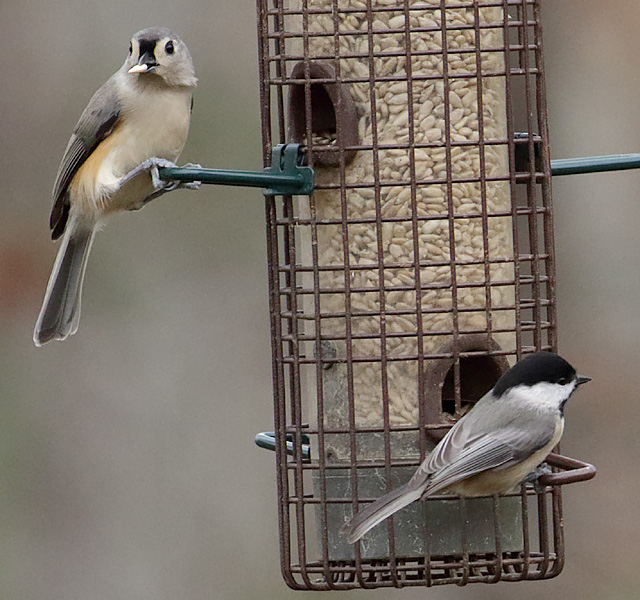
Tufted Titmouse and Carolina Chickadee
Friends of ours live in a residential, wooded area between Charlottesville and Crozet. All of last winter, they had a Baltimore Oriole visiting one of their bird feeders, and were excited to tell me that it had returned this winter. This is quite remarkable, as Baltimore Orioles are locally common in Virginia between the end of April and the end of September, but rare in most of Virginia during the winter months. In fact, the "Virginia Gold Book" states only two records of this species in the entire Piedmont area during Christmas Bird Counts between 1984 and 2004. Our friends had taken photos of this Baltimore Oriole at their feeders both winters, and gave me permission to visit their yard and look for it today. There was complete cloud cover and it was a bit chilly this morning, but I wanted to give it a go so that I could get some photos and post them to the larger Virginia birding community.
This was my first visit to our friends' house, and once there, I saw that the only good view of the Baltimore Oriole's preferred feeder was either partially blocked or had a very busy background, unless I stood on a nearby porch about 10 feet away from the feeder. I was concerned that the Oriole might not come to the feeder with my being so close.
During the first 45 minutes, I logged 17 avian species, but did not see the Baltimore Oriole. I may have heard its rattle call one time, but could not locate where the call originated.

Tufted Titmouse and Carolina Chickadee
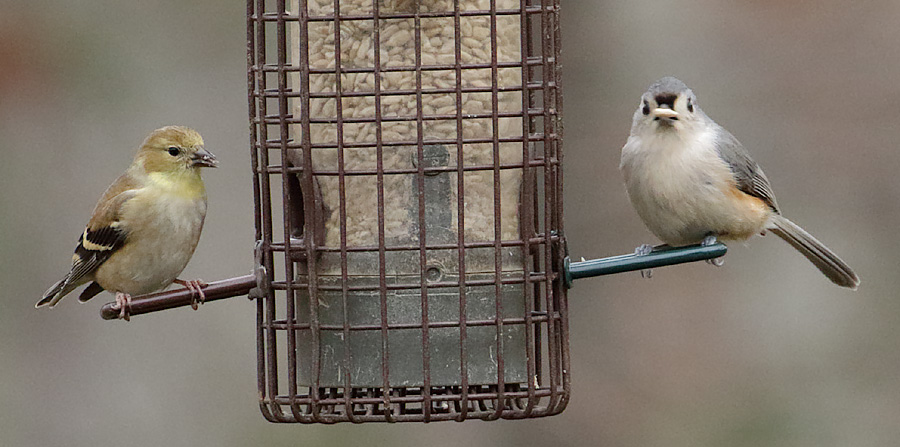
American Goldfinch and Tufted Titmouse
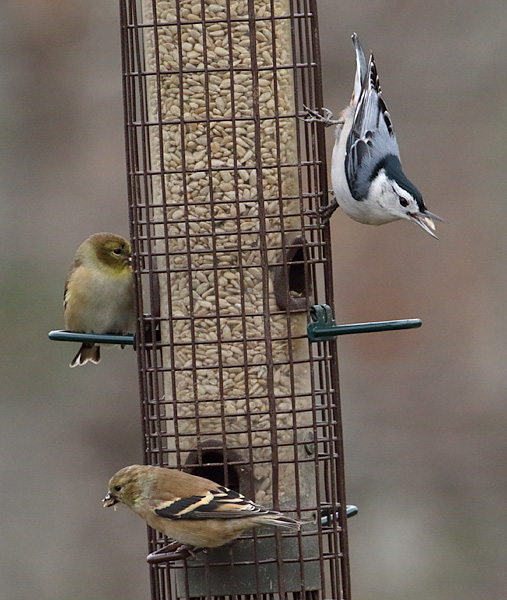
American Goldfinches and White-breasted Nuthatch
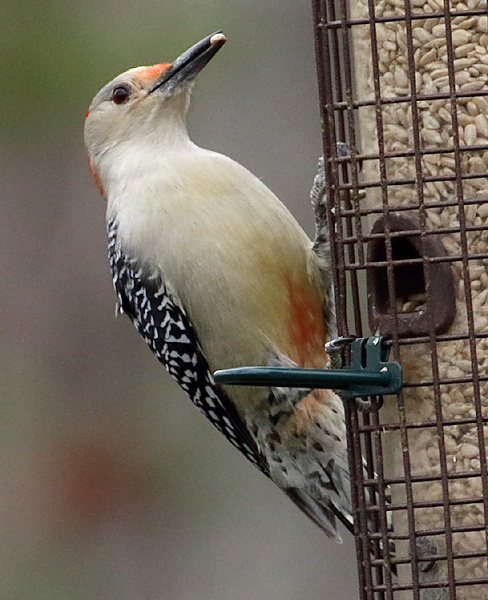
Red-bellied Woodpecker
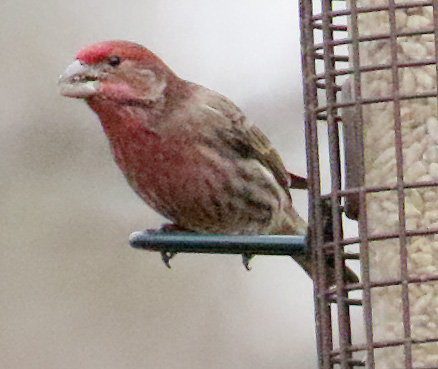
House Finch
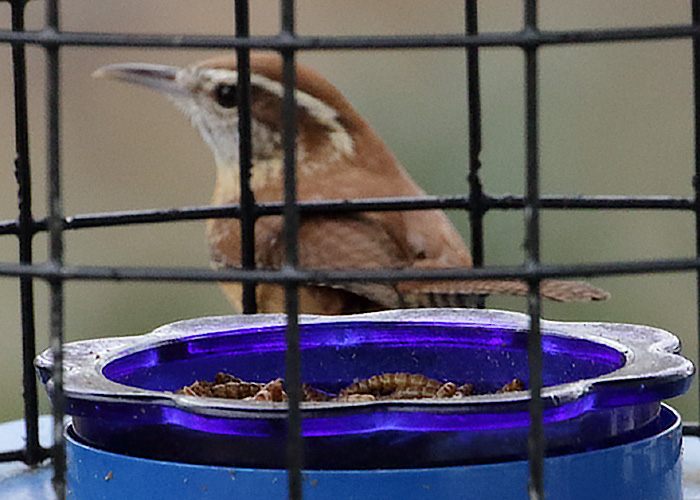
Carolina Wren
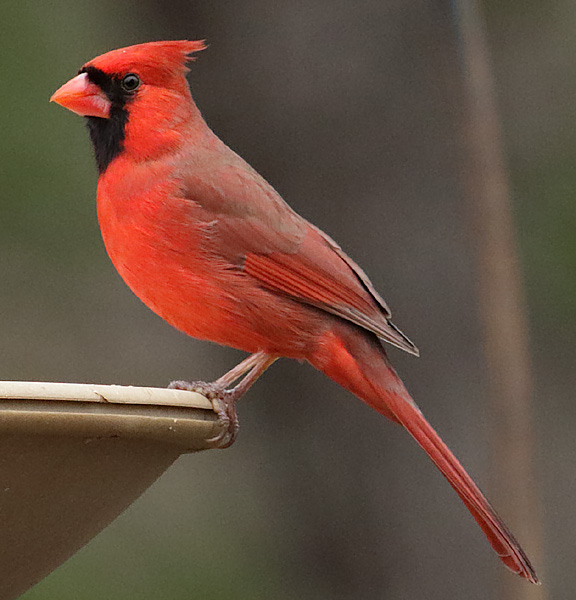
Northern Cardinal
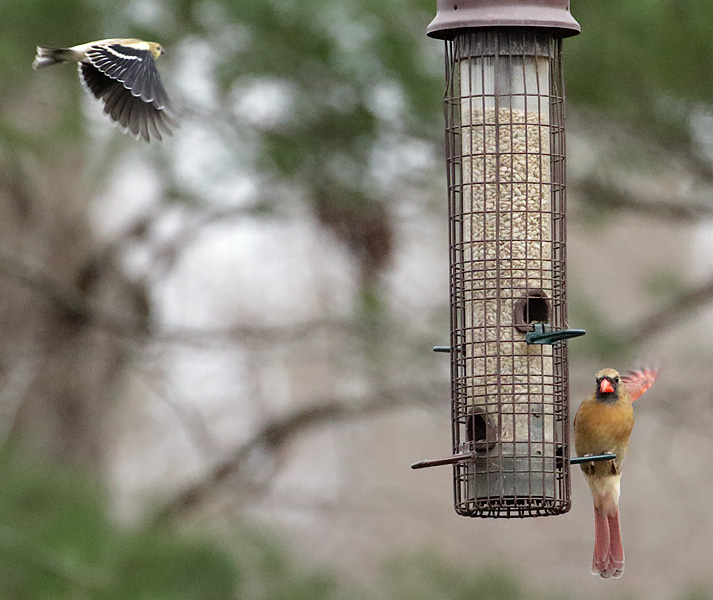
American Goldfinch and Northern Cardinal
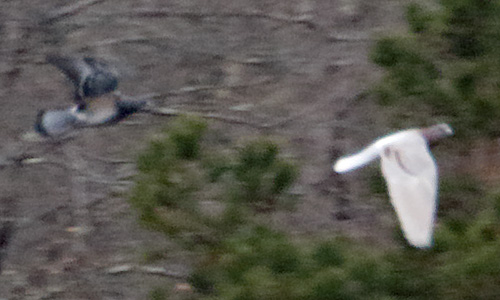
Rock Pigeons
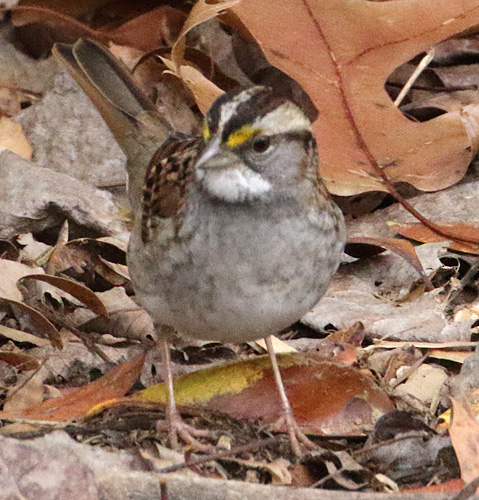
White-throated Sparrow
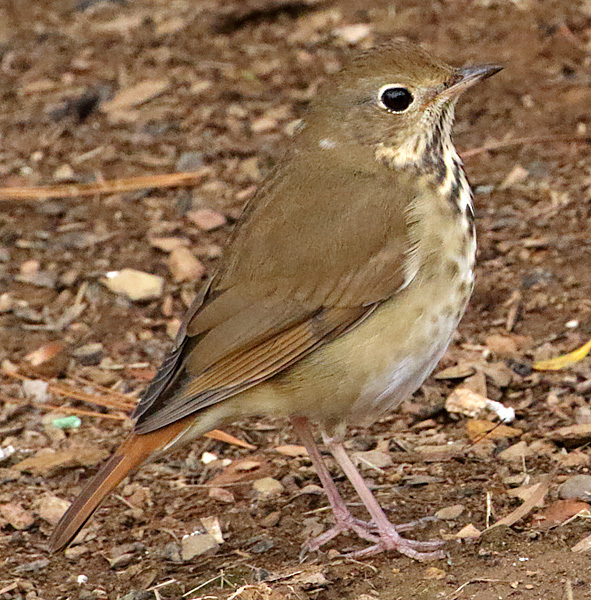
Hermit Thrush
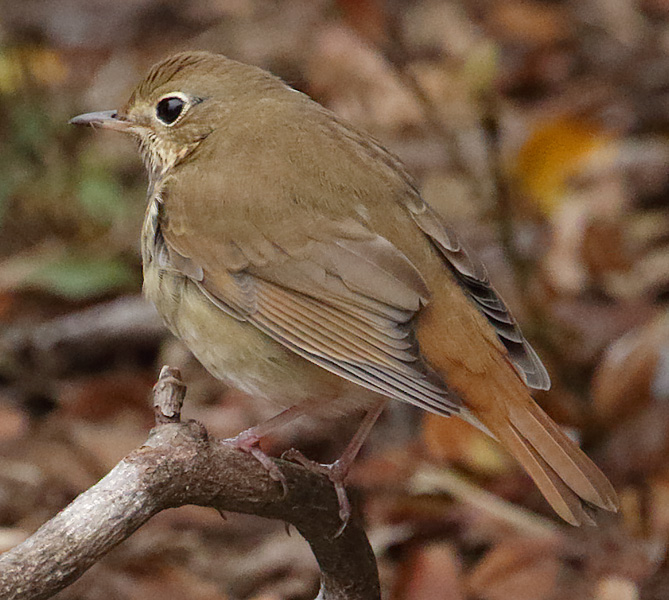
Hermit Thrush
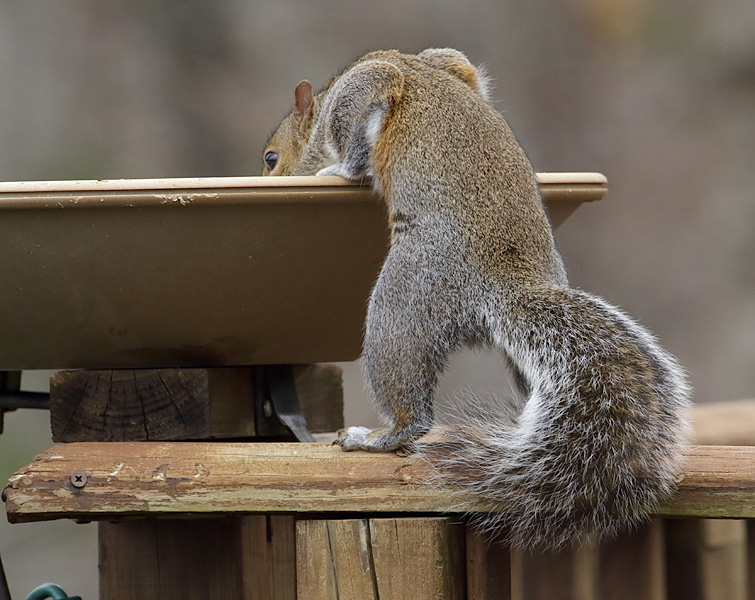
Squirrel
At this point, I was thinking about leaving and trying again on another day, when I saw a flash of orange fly to the ground and out of my line of sight. Could it be the Baltimore Oriole? A minute later, I saw a bird up in a tree, but partially blocked by a branch.
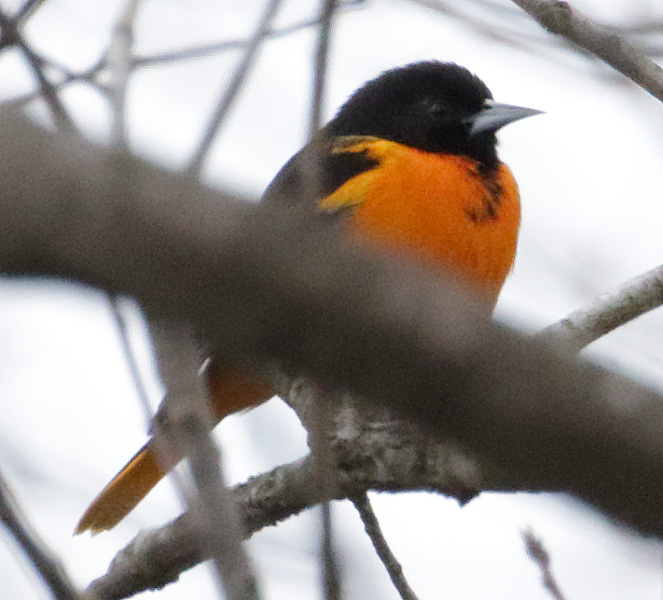
Baltimore Oriole
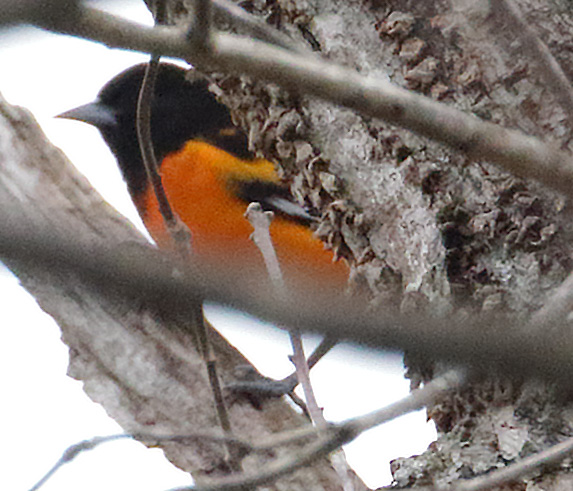
Baltimore Oriole
Success! But it would come the feeder close to where I was standing? It then flew away. I stayed there another 45 mintues, but it never came to the feeder. It did, however, repeat the same pattern of flying to the ground out of my view, and then back up into a tree. I was fairly confident that my presence was keeping it from the feeder, so I was compelled to leave after a few more photos of it in a tree.
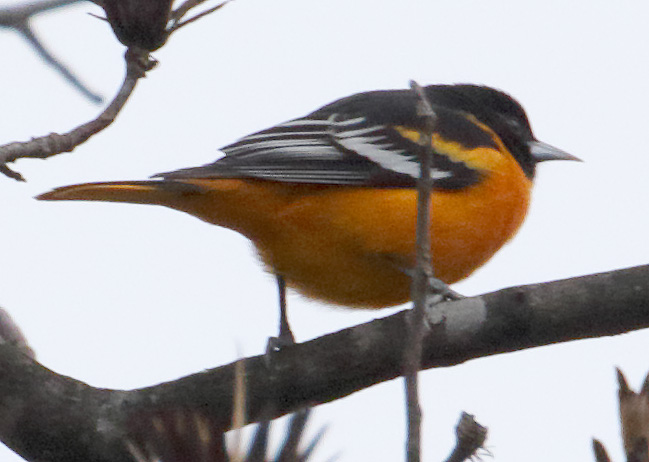
Baltimore Oriole
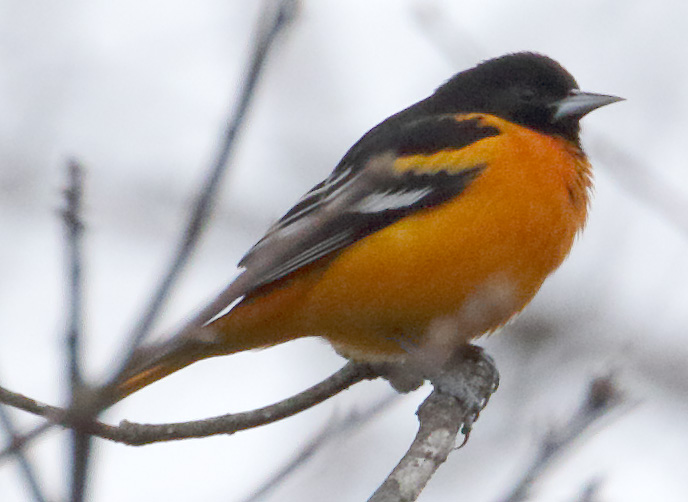
Baltimore Oriole
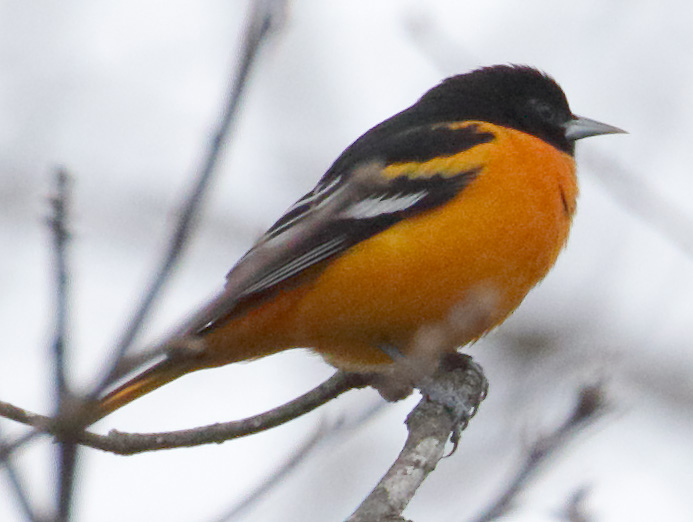
Baltimore Oriole
I did see an interesting Downy Woodpecker in that second 45 minute period. This woodpecker had light barring across the white patch on its back.
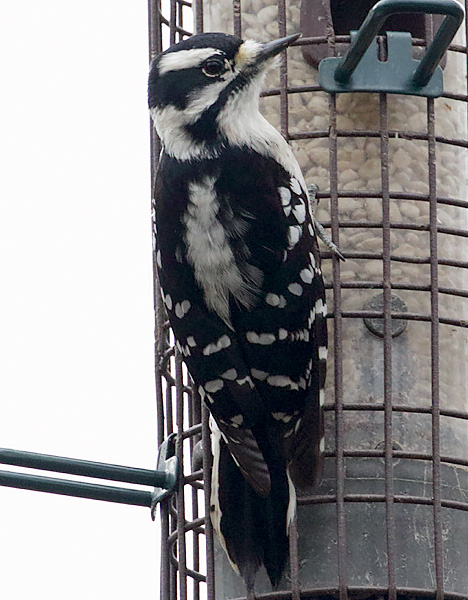
Downy Woodpecker
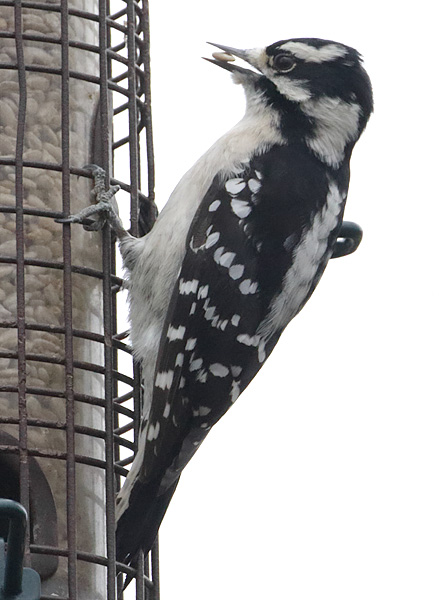
Downy Woodpecker
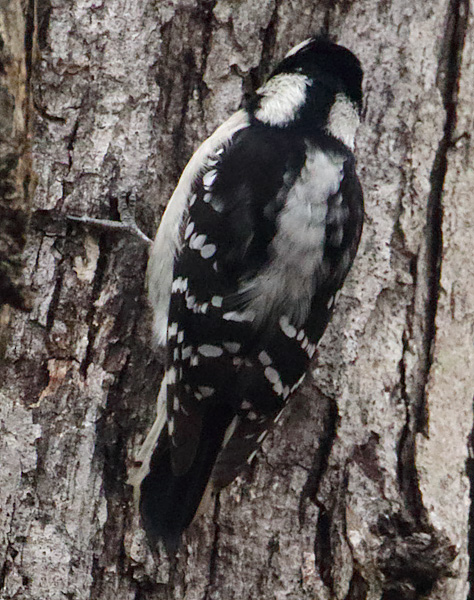
Downy Woodpecker
This Downy Woodpecker reminded me of one with darker back barring and a spotted breast that a St. Louis birding pal of mine, Dave Pierce, had seen in 2016, and this bird was discussed on David Sibley's web site.
Just after leaving our friends' house, I saw a Turkey Vulture, giving me 20 avian species for this morning:
Canada Goose
Turkey Vulture
Rock Pigeon
Belted Kingfisher (heard only)
Red-bellied Woodpecker
Downy Woodpecker
Pileated Woodpecker (heard only)
Blue Jay (heard only)
American Crow
Carolina Chickadee
Tufted Titmouse
White-breasted Nuthatch
Carolina Wren
Hermit Thrush
Dark-eyed Junco
White-throated Sparrow
Northern Cardinal
Baltimore Oriole
House Finch
American Goldfinch